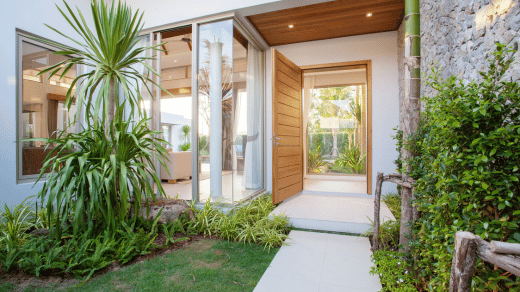
Introduction
Welcome to the ultimate guide for choosing the perfect gartenhaus (garden house). In this comprehensive article, we will delve into the key factors you should consider when selecting a gartenhaus that suits your needs and preferences. Whether you’re looking for a cozy retreat, a functional workspace, or a place to entertain guests, this guide will provide you with the insights necessary to make an informed decision.
Understanding Your Requirements
Before diving into the details, it’s essential to assess your specific requirements. Here are some questions to ponder:
- How Will You Use the Gartenhaus? Determine the primary purpose of your gartenhaus. Will it be a peaceful reading nook, an art studio, a storage space, or a combination of functionalities?
- What Size Do You Need? Consider the available space in your garden and identify the ideal size for your gartenhaus. Think about both the interior dimensions and the exterior footprint.
- What Style Appeals to You? Gartenhauses come in various styles, from traditional log cabins to modern architectural designs. Determine the style that aligns with your personal taste and complements the existing aesthetic of your property.
Factors to Consider
1. Materials and Construction
Choosing the right materials and construction quality is crucial for the longevity and durability of your gartenhaus. Here are some popular options:
- Wood: Wooden gartenhauses exude natural beauty and charm. Opt for high-quality, weather-resistant woods such as cedar or pine. Consider the thickness of the walls, the quality of the joinery, and the treatment against insects and decay.
- Metal: Metal gartenhauses offer excellent durability and low maintenance. They are resistant to pests, fire, and rot. Look for galvanized steel or aluminum structures that are built to withstand the elements.
- Plastic: Plastic gartenhauses are lightweight and require minimal maintenance. They are typically made of durable resin materials that are resistant to rot and decay. Consider the thickness of the walls and the overall sturdiness of the structure.
2. Insulation and Climate Control
If you plan to use your gartenhaus year-round or in varying weather conditions, insulation and climate control become essential. Proper insulation will help maintain a comfortable temperature inside the structure. Look for gartenhauses with insulated walls, floors, and roofs. Windows and doors with good seals are also important for energy efficiency.
3. Design and Layout
Consider the design and layout of the gartenhaus to ensure it meets your functional and aesthetic preferences. Think about the following aspects:
- Interior Space: Assess the interior layout and ensure it offers enough room for your intended use. Consider factors such as ceiling height, windows for natural light, and the possibility of customizing the layout according to your needs.
- Storage Solutions: If storage is a priority, look for gartenhauses with integrated shelving, hooks, or lofts to maximize your storage options.
- Windows and Doors: Evaluate the number, size, and placement of windows and doors to optimize natural light, ventilation, and access.
4. Foundation and Site Preparation
Proper site preparation and a solid foundation are vital for the stability and longevity of your gartenhaus. Follow these guidelines:
- Level Ground: Ensure the site where you plan to install the gartenhaus is level. This will prevent structural issues and water drainage problems.
- Foundation Options: Choose a suitable foundation, such as concrete slabs, piers, or gravel pads. The foundation type will depend on the size and weight of your gartenhaus.
5. Building Regulations and Permits
Before purchasing a gartenhaus, familiarize yourself with local building regulations and permits. Ensure that your chosen structure complies with all relevant codes and guidelines. It’s essential to obtain the necessary permits to avoid potential legal complications in the future.
Conclusion
Choosing the perfect gartenhaus is an exciting endeavor that requires careful consideration of your needs and preferences. By understanding your requirements, evaluating materials and construction, considering insulation and climate control, assessing design and layout, and paying attention to foundation and building regulations, you can make an informed decision.